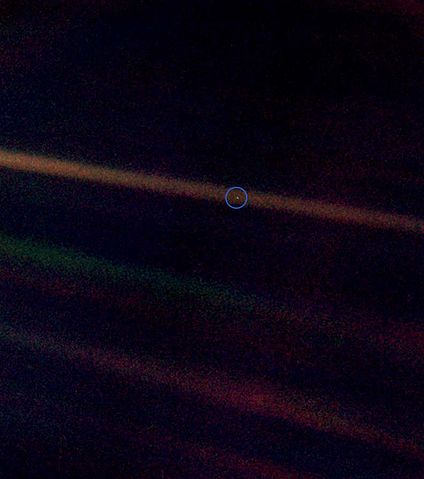
File:PaleBlueDot.jpg

Size of this preview: 424 × 479 pixels.
File usage
The following pages on Schools Wikipedia link to this image (list may be incomplete):
Metadata
A background to Schools Wikipedia
SOS Children chose the best bits of Wikipedia to help you learn. SOS Childrens Villages works in 133 countries and territories across the globe, helps more than 62,000 children, and reaches over 2 million people in total. Sponsoring a child is a great way to help children who need your support.



